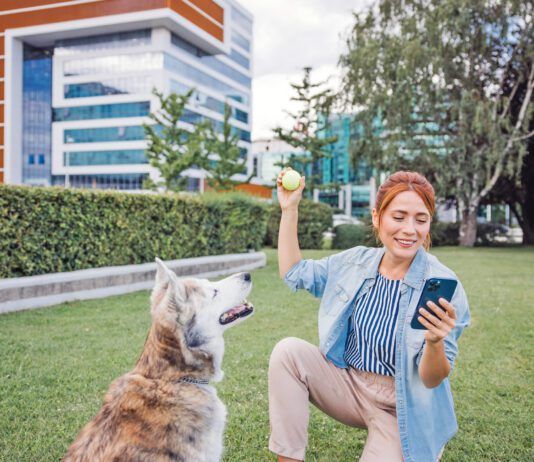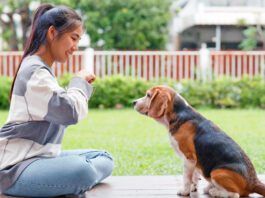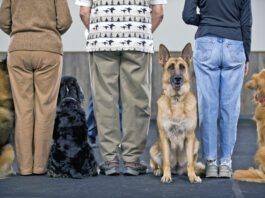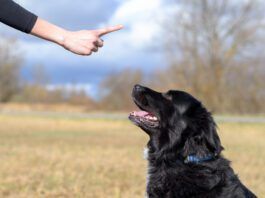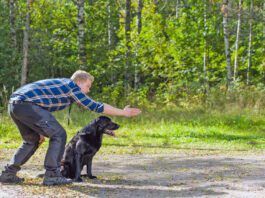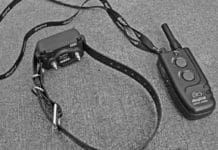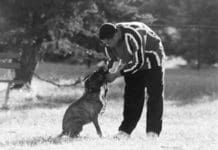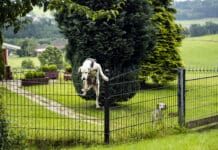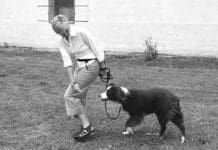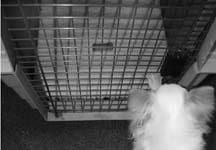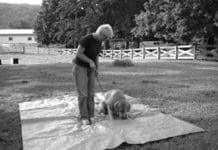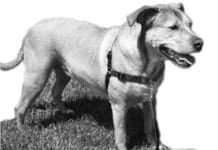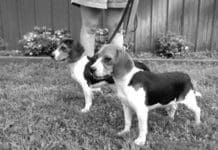Train Your Dog to Target
During the two-plus decades that I trained my dogs in old-fashioned obedience classes, I never learned the pervasively useful and versatile behavior of targeting. The closest I came was the narrow application to go-outs" in advanced level competition classes not really the same thing at all. Even today
The Canine Shock Collar Debate
The chasm between those who abhor the electronic/shock collars as an abusive dog training tool and those who support and promote it as an exceptionally effective and humane training tool is so huge it will probably never be bridged. In more moderate positions in the middle of that chasm are those who believe that the collar can be an effective training tool for very limited circumstances in the hands of skilled professionals, and those who prefer not to use them but feel compelled to educate clients who insist on using them on how to use them properly.
Training Your Dog To Come When Called
When it comes to learning to come when called, not all dogs are created equal. Some dogs learn the “recall” very easily. They seem to know instinctively that coming when called is to their advantage. Others will come when called most of the time, perhaps more reluctantly. For some dogs, however, coming when called is the most challenging behavior they will ever learn – especially when faced with choosing between complying with the request and distractions like squirrels, cats, balls, or other dogs.
Runaway Dog: Preventing Your Dog From Escaping
How to safely confine burrowers, bounders, beavers, and bolters. Otis the Bloodhound was an opportunistic escapee. I discovered his talent one day while working at the front desk at the Marin Humane Society, early in my animal protection career. A woman came in asking if we might know where a Bloodhound lived, because he kept visiting her house every day. He was charming, she said, but she worried that he might get hit by a car.
Teach Your Dog to Walk on Leash
Walking politely at your side doesn’t seem like it should be so difficult to teach a dog, but it often proves to be the most challenging behavior for dog owners to achieve. Dogs who are letter-perfect with their sits and downs, targeting, and “leave it” exercises in the training center happily drag their owners across the parking lot to and from their cars before and after class.
Utilize Feeding Time as Training Time
You may think of it simply as a convenient vessel, useful for keeping your dog's food gathered in one place, off the floor. Your dog probably has a very different perspective. For him, the bowl is likely to be a high value object of great import, especially if he's a hearty eater. In this magical dish, one or more times a day FOOD appears.
Dog Crating Difficulties
provide your puppy (or new dog) with frequent opportunities to relieve himself in an appropriate place. Don't leave him in the crate longer than he can "hold it."üAs a first step with dogs who are reluctant to go in their crates
Assistance Dogs
Have you ever watched an assistance dog work? On the campus of the Virginia university where I attended graduate school, I often crossed paths with a student who used a wheelchair, accompanied by her assistance dog, a lovely Golden Retriever. They went to classes, visited the snack bars and cafeteria, hung out in the student lounges, and hoofed it all around campus together.
Teaching Your Dog To Greet People Without Jumping
Week 2 of my Peaceable Paws Good Manners class, I ask the question, “How many of your dogs jump up on people?” Generally at least 80 percent of the dog owners in class raise their hands. “Why do they jump up?” I ask. I usually get at least one incorrect answer of “Dominance!” but most of my students realize their dogs jump up for attention. And because much of the time the behavior is successful, it’s a challenging one to extinguish.
Dog Training Recommendations
Many dogs pull on leash so much and so hard that it can be difficult, even dangerous, to take them for walks. Frustrated owners often stop trying to exercise and socialize their pullers, leaving the dogs bored, lonely, and underexercised in backyards. This can result in the development of undesirable behaviors – barking, digging and chewing, perhaps roaming – to alleviate boredom and expend energy. Adolescent, out-of-control, digging, barking, and chewing dogs frequently end up rehomed or surrendered to animal shelters.
Your Dog’s Ability to Track Scents
Humans have taken advantage of dogs' incredibly keen sense of smell over the ages for such uses as hunting, tracking lost and fugitive humans, and more recently, the detection of bombs, narcotics, and other contraband. It's well known that a dog's nose is many times sharper than our own estimates range from 10,000 to 100,000 times superior to ours, with a far greater number and variety of scent receptors in their noses, more neurons linking the nose to the brain, and a greater proportion of their brains devoted to smell.
Dog Training Using Rewards
What could be more convenient? Many trainers are recommending Skippy’s “Squeez’ It” as a convenient training tool because it can be used to dispense a peanut butter treat right into the mouth of a dog who deserves a reward. The dog loves it, and his handler’s hands stay clean and dry. No wonder this product is getting rave reviews from trainers.


